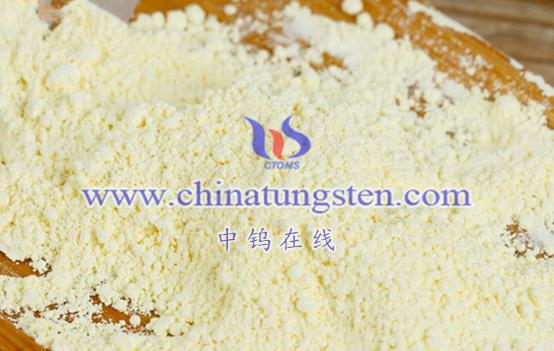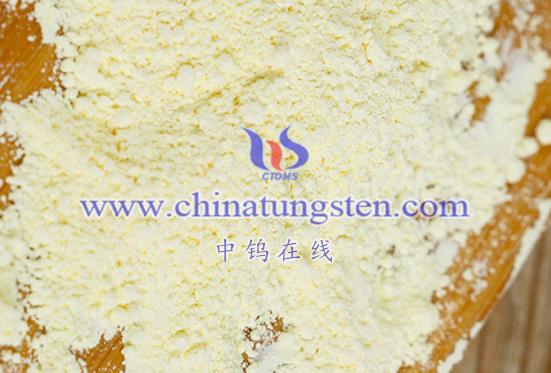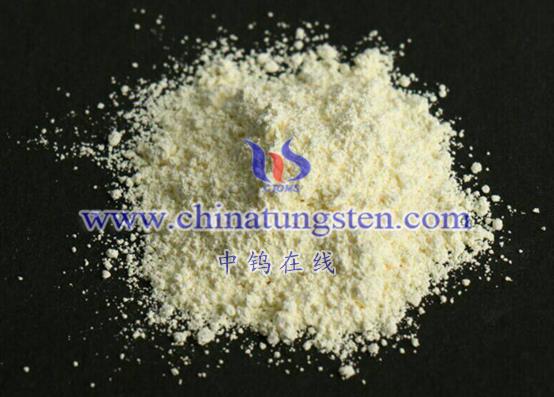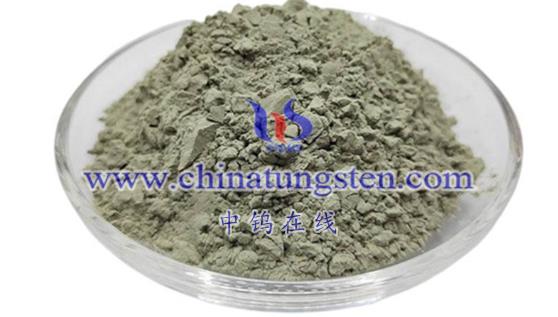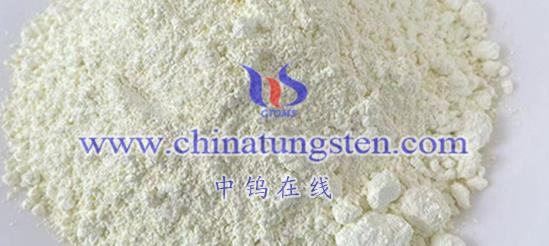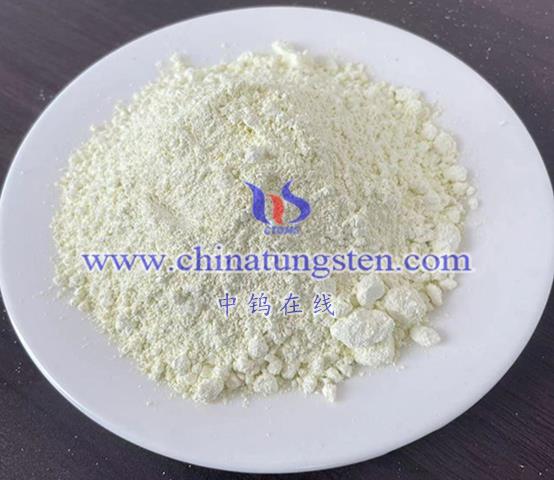
The research on tungsten oxide nanoparticles (WO₃) significantly fosters the interdisciplinary integration of physics, chemistry, materials science, and engineering. Below are specific manifestations of this integration:
- Promoting Interdisciplinary Integration in WO₃ Research
- Integration with Physics and Materials Science
- Physical Phenomena: The study of WO₃ encompasses quantum size effects, small-volume effects, surface effects, and macroscopic quantum tunneling effects. These phenomena not only deepen physicists’ understanding of material behavior at the nanoscale but also provide materials scientists with new insights for designing innovative materials and optimizing their properties.
- Collaborative Research: The unique physical properties of WO₃ in applications like photonic conversion and catalytic reactions drive collaboration between physicists and materials scientists in developing photonic and catalytic materials.
- Integration with Chemistry and Materials Science
- Chemical Synthesis: The fabrication of WO₃ involves various chemical processes, such as sol-gel and hydrothermal synthesis. Optimizing and controlling these reactions are crucial for producing high-quality and high-performance WO₃.
- Collaborative Advancements: The close collaboration between chemists and materials scientists not only advances WO₃ synthesis techniques but also enhances the theoretical and applied fusion of chemistry and materials science.
- Integration with Engineering and Materials Science
- Wide Applications: WO₃ has significant potential in sensors, catalysts, and optoelectronic materials. The development of these applications necessitates close cooperation between engineers and materials scientists.
- Collaborative Model: Engineers focus on integrating WO₃ materials into practical devices, addressing technical challenges in design, manufacturing, and maintenance, while materials scientists provide high-performance and stable WO₃ materials. This collaboration fosters synergy in technological innovation and application promotion between engineering and materials science.
- Specific Research Examples of WO₃
- Research on WO₃ Gas Sensors
- Performance Attributes: As a gas sensor material, WO₃ exhibits high sensitivity and rapid response times. Collaborative efforts between physicists and materials scientists explore the gas sensing mechanisms of WO₃, enhancing sensor performance by adjusting its morphology, structure, and composition.
- Practical Applications: Engineers have successfully implemented WO₃ gas sensors in fields like environmental monitoring and food safety, bridging theoretical research with real-world applications.
- Research on WO₃ Photocatalysts
- Promising Applications: WO₃ has significant potential in photocatalysis. Chemists and materials scientists collaborate to investigate the photocatalytic mechanisms of WO₃, employing doping and composite strategies to enhance its photocatalytic performance.
- Environmental Innovations: Engineers apply WO₃ photocatalysts in wastewater treatment and air purification, innovating technologies for environmental remediation.
Conclusion
As nanotechnology continues to evolve, the research on tungsten oxide nanoparticles will further promote the interdisciplinary integration of physics, chemistry, materials science, and engineering. In the future, cooperation among these disciplines will become increasingly close, driving advancements in nanotechnology and innovative applications. This deepening interdisciplinary research will contribute to significant technological progress and societal benefits.
More details of tungsten oxide product, please visit website: tungsten-oxide.com
Please contact CHINATUNGSTEN for inquiry and order of tungsten oxide:
Email: sales@chinatungsten.com
Tel.: 86 592 5129595
